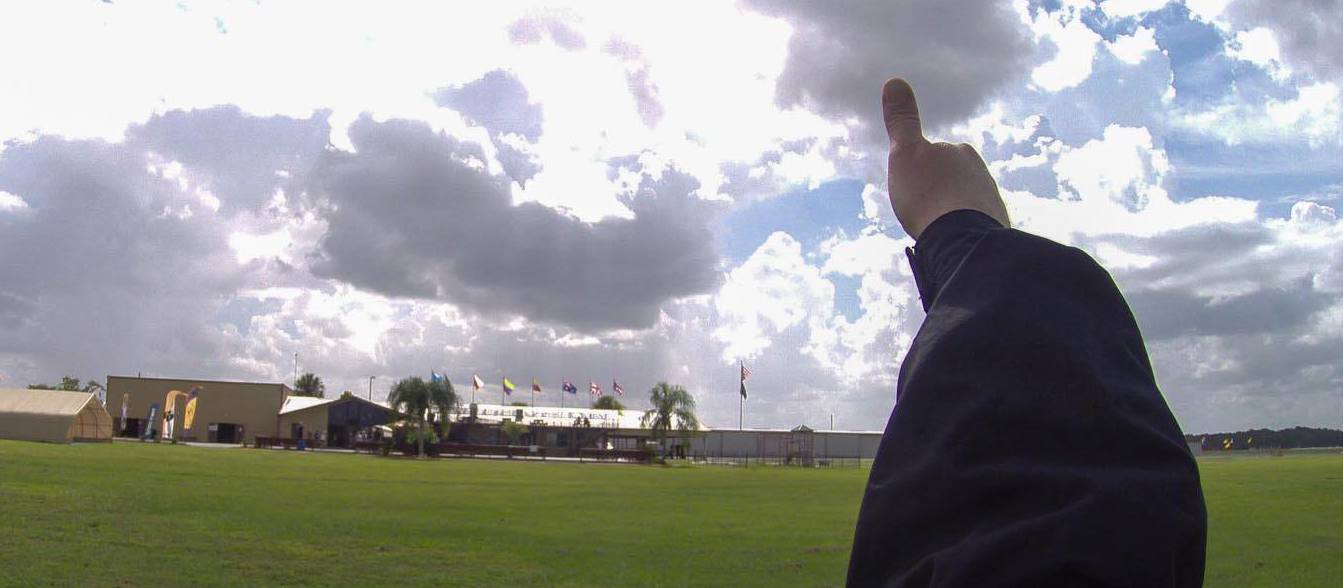Bodyflight for Beginners Blog Series: 3 Tips to Accelerate Your Skydiving Skills
2. “RELAX”
In this series, SDU founder and chief skydive instructor Rob Laidlaw explains his top three bodyflight tips for beginner skydivers:
- LET GO
- RELAX
- FLY SUBTLE
As stated in Part I, we must let go of our muscle tension to feel and connect with the airflow. It's very easy for us (your skydive instructors) to encourage you to relax, or reinforce the idea. But if you're attempt to simply relax, just prior to exiting the airplane––while that's a nice gesture––it's not completely effective.
So…how do you understand how to “relax” as a beginner skydiver in freefall?
A) To relax in the air, start by doing some relaxation training on the ground.
It's true, relaxing in freefall really starts with learning how to relax on the ground first. If we cannot get past our own anxieties on the ground, what would you expect once the door of the aircraft opens?
- Train your body positions and routine until you are totally comfortable with the skill.
- Pay attention to your own inner body tension, shake your wrists and feet to indicate muscle tension.
- Use training methods that allow you to apply "minimal strength” and “effort” on the ground.
An example is how we train beginning skydivers to arch...Practicing arching on a prone (creeper) training aid–lifting the knees up–requires too much strength training an incorrect muscle memory. But the fact is, if you understand the muscle application of arching, it does not require much strength at all...
INSTRUCTOR TIP: To arch, stand and push your HIPS forward into a wall while looking up, breathe and relax. How much strength did this require? To arch you must RELAX all muscles on the front side of your body (pecs, abdominal, quads, etc.) while contracting your backside muscles (shoulders, lower back, hamstrings) to achieve maximum spinal extension.
B) Train a neutral position that places ALL of your limbs in their neutral range of motion, or mid range of movement, as you will find much easier to fly.
To clarify this specifically:
1) Skydive in only a slight arch (head up and hips pushed slightly forward)
2) Keep your elbows equal (level) with your shoulders, your knees should be at shoulder width (or only a slight bit wider–but comfortable), lower legs should only be extended to place your feet out into the airflow. When you start from this body position, you'll find that flying is quite easy.
C) Breathe...
Breathing is very effective. Control your breathing. Using a smooth deep inhale followed by a very relaxed and slow exhale. Breathing will help during training on the ground, in the airplane, and definitely if you find yourself very tense during freefall.

Tunnel AFF/Learning to Skydive: Do you want to become a licensed skydiver - or even a skydive instructor? Skydive University offers a complete Basic Bodyflight program that will result in your certification for an A-License, so you can be on your way to more ratings in no time. Our Tunnel-Accerated Freefall Program (Tunnel AFF) can get you set up for skydiving solo in less than a week! For more information, browse through our website or call 1.800.891.5867.


